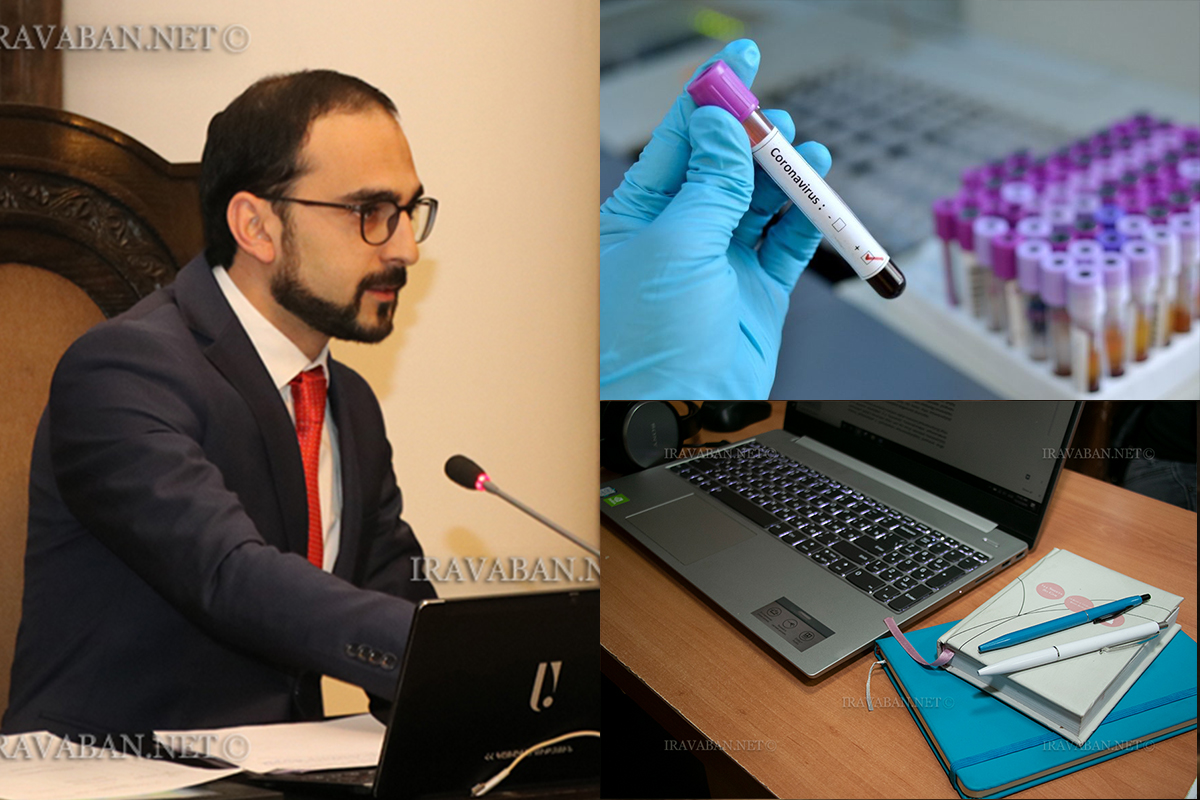According to the 23 April decision, certain additions were made to the Information Leaflets for Employees approved by the decision N 27 of 31 March, of the Deputy Prime Minister Tigran Avinyan, which we present in full below:
– What is a virus?
Coronaviruses can cause both mild (acute respiratory infection, influenza) and severe illnesses, such as Severe Acute Respiratory Syndrome (SARS) and Middle East Respiratory Syndrome (MERS). It is possible that the virus is of animal origin, and now there is evidence that it can be transmitted from person to person.
– What are the symptoms?
Symptoms include (but are not limited to) high fever, cough, sore throat, weakness, and difficulty breathing. Some people may not have any symptoms, some may have a mild illness, and they may recover easily. The rest can be very heavy and rapid.
– How does the virus spread?
The virus is spread from person to person.
1) As a result of close contact with a patient with coronavirus disease.
2) By coughing or sneezing of a patient with coronavirus disease. By touching the contaminated surfaces or objects (such as door handles or tables) after coughing or sneezing of a patient with coronavirus disease then by touching the mouth or face.
– How long can a person be contagious to others?
The Ministry of Health is currently is offering 14 days of isolation for travelers returning from countries vulnerable to coronavirus disease and for close contact with the coronavirus.
– Who is at high risk for developing a serious illness?
The risk group of severe disease development includes:
1) People with weakened immune systems (eg, cancer),
2) People of 65 and higher age,
3) People with chronic diseases (respiratory diseases: asthma, Chronic obstructive pulmonary disease (COPD), emphysema or bronchitis, chronic heart failure, chronic kidney disease, chronic liver disease (hepatitis), chronic neurological disease, Parkinson’s disease (MS), cerebral palsy),
4) People with diabetes,
5) Young children and newborns.















